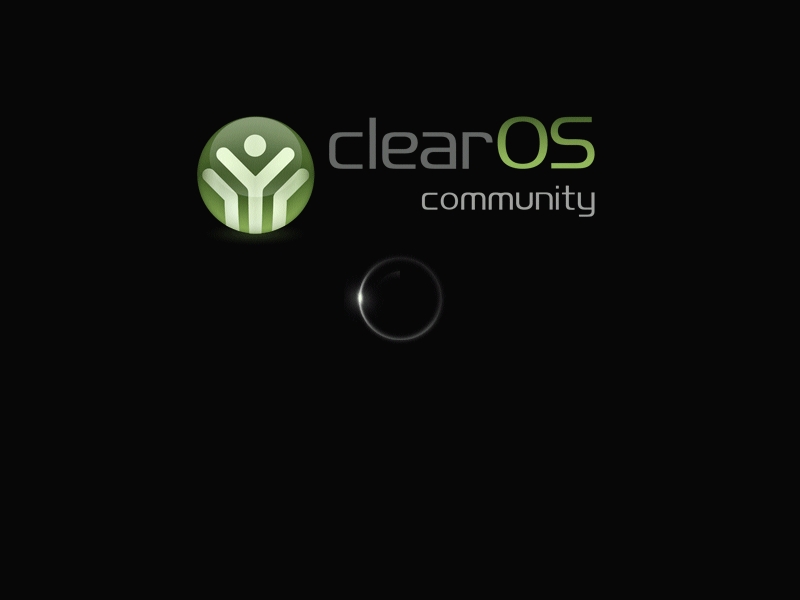How to Run A Small Business Server with ClearOS 6.3.0

This article will explain you the process of installing and run a Small Business Server with ClearOS 6.3.0 (Community Edition). ClearOS allows you to run different type of services (like a mail server, a file-and print sever, content filter and a web proxy etc) in your local network and you can easily manage all of them with the help of a simple web interface. You can find apps for every app offered by ClearOS from its marketplace. Most of them are free of cost, however, some of them have to be paid for. ClearOS Community is an open-source and it is freely available. However, you have to pay for its professional version which contains better support, better tested apps and latest updates etc.
In this article, the hostname server1.example.com along with the IP address 192.168.0.100 is used. These settings may vary from system to system so you have to adjust them accordingly.
Instructions
-
1
Installing ClearOS 6.3.0
You have to download the ClearOS 6 which can be found on http://www.clearfoundation.com/Software/downloads.html. After downloading it, you have to burn it on a CD and boot from it. Now choose Install or upgrade an existing system, as shown in the image.
-
2
Then you will see a welcome screen of the ClearOS installer. Move your cursor on the Next button, and click it.

-
3

-
4

-
5
For all those who are using locally attached hard drive, select Basic Storage Devices as shown in the image.

-
6
Afterwards, you will see this warning – The storage device may contain data. If you see this then hit the button Yes, discard any data to further proceed.

-
7
Write the hostname of the server (e.g server1.example.com). After that, move your cursor on the Configure Network tab, and click it.

-
8
A window will appear in front of you, move your cursor on Wired button, choose the network interface and click on Edit…

-
9
Click the Connect automatically box, and move your cursor to the IPv4 Settings button and select Manual in the Method menu. Now type one, two, or three nameservers (separated by comma) in front of DNS servers (e.g. 8.8.8.8,8.8.4.4). Now click on the Add tab. You have to provide your network card a static IP address and netmask. I have given the IP address 192.168.0.100 and netmask 255.255.255.0 or 24 as an example. You also have to give your gateway code, and after that click on the Apply tab.

-
10
You are done with the network configuration. Now click on the Next tab.

-
11

-
12

-
13
After that, you have to do the portioning. Select Replace Existing Linux System(s). You will be given a small/boot partition and a large/partition, which is good enough for your use.

-
14

-
15
The hard drive will be formatted, and the installation process will start. The process will take few minutes.

-
16
The installation process has been completed now. You can take out your CD from the computer and reboot it.








